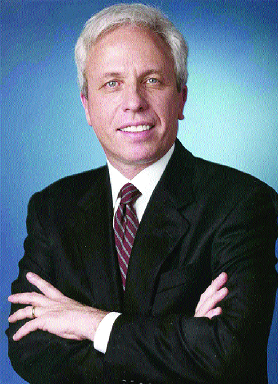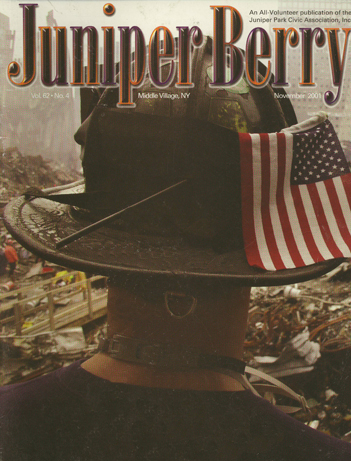On September 11, New York City suffered the most horrific attack in the history of our country. The victims were simply people from around the city and the world who went to work early, to support their families, to live the American dream that New York has always promised.
But in that moment of horror and in the agonizing days that followed, we learned again that we are one city and one people, and that regardless of race, faith, or fortune, we are bound together by common experiences and a shared fate that is a powerful, unifying force.
Since the attack, I have spent as much time as possible with the survivors and families of the heroes who gave their lives trying to save others. I’ve cried with the widow of an EMS worker in Astoria whose husband went to help her out of the North Tower. She got out in five minutes, but he did not. I attended a candlelight vigil in Juniper Valley Park and afterward, spoke outside Squad Company 288, Hazmat Company #1, in Maspeth. Before I visited with the families of 19 missing firefighters inside, I spoke with the community of Maspeth/Middle Village about the tragedy of our loss, the power of our resilience as a City, and our need to unite in order to rebuild our buildings and renew our spirits. The experience of that night’s events – from vigil to the families who lost loved ones – is one that will be seared in my memory for a long time to come.
In the memory of the victims, New York must come together as one city united to rebuild and make our city better than ever. We must first heighten our vigilance and our security – in ways that might sometimes inconvenience us but which will also protect us. Security measures – I.D. checks, baggage searches, surveillance cameras in public places, an active police presence in our business districts and neighborhoods – will become routine. With two major airports in Queens, which account for 50,000 airport and transportation jobs, the borough’s economy depends on people flying, but air travel will remain down until people once again feel safe to fly. In order for that to happen the heightened security at LaGuardia and JFK must remain.
The attack on the World Trade Center has had a staggering effect not just on our sense of security but on our city’s economy as well. We have to clean up and rebuild downtown quickly and at the same time continue our focus on development in all the boroughs.
As we turn our focus to rebuilding, the problems we faced before September 11 remain and must also be addressed. We cannot afford to lose sight of the need to improve our city’s schools. Too many of our schools are bursting at the seams despite overwhelming evidence that smaller classes mean smarter kids. In Queens, 76% of the elementary schools are overcrowded. That is simply unacceptable. My goal as mayor will be to reduce class size in K-3 to a maximum of 20 students. In smaller classes, kids receive more individualized attention, ask more questions, and participate more fully in discussions and teachers spend more time teaching and less time managing the classroom and maintaining order.
Also we cannot turn our back on the fight against crime. The reduction of crime over two administrations has been an extraordinary municipal achievement. The heroism displayed by the NYPD during the attack reminded us all that we can never thank or pay police enough for the risks they accept and the comfort they provide our families. To continue to cut crime we must stay with what works — COMPSTAT, precinct accountability and quality-of-life policing — and do much more. Additionally, I believe that after our loss of more than 350 fire fighters, we must actively pursue new recruits to recover from our great loss in the department.
The problem of Queens Boulevard still remains and needs to be solved. In February, I suggested six steps for making Queens Boulevard immediately safer at little or no cost to the City. The suggestions are: add red-light cameras or red-light camera decoys at every intersection; increase time for pedestrians to cross the road; widen all medians to 12-14 feet; set the timing of the traffic lights to a 30 mile per hour pace at all times; delay green lights for turning vehicles; and install raised crosswalks on access roads and side streets. The Department of Transportation has since implemented some of my suggestions, but more needs to be done because the boulevard remains dangerous.
There are no people more energetic, resilient, and resourceful than New Yorkers. There is no doubt in my mind that we will rebound stronger than ever, but only if we stay united. New York works well only when we work together – and in that spirit, let’s rise from the ashes
to renew and rebuild our City of Hope.



